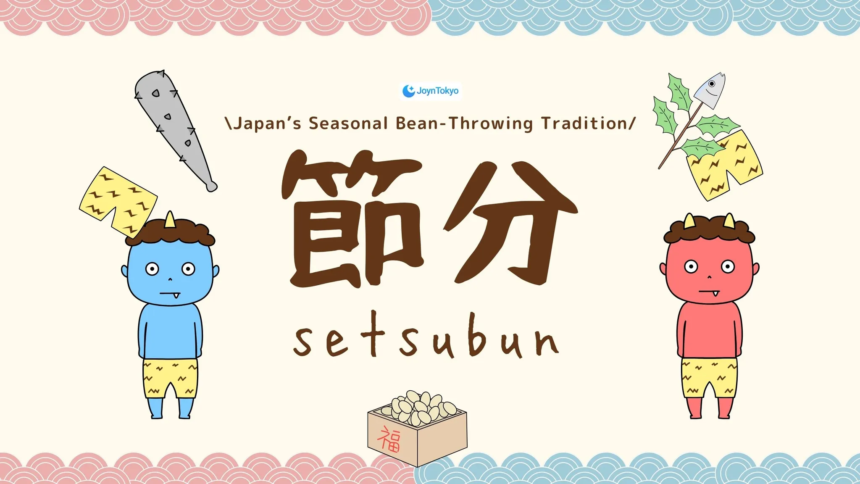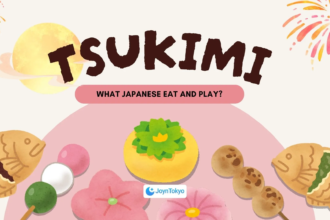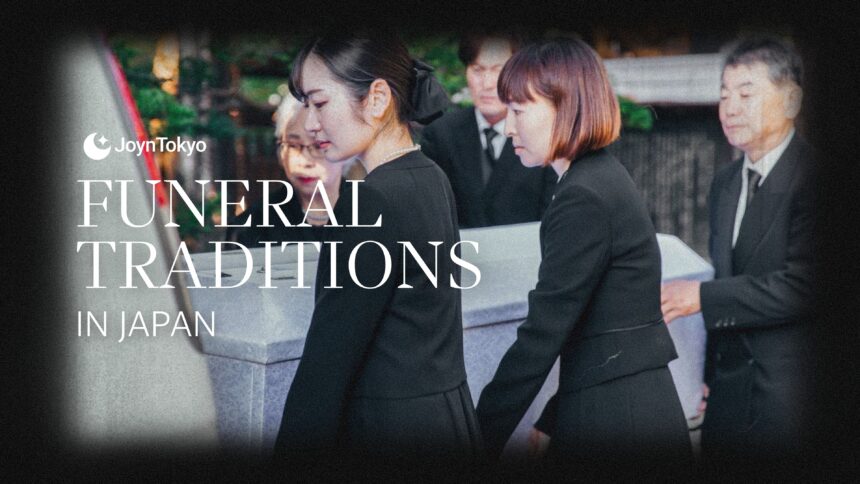Setsubun is more than just a brief moment on the Japanese calendar; it is a festive and symbolic occasion that bridges winter and spring. For many foreigners living in Japan, Setsubun serves as an inviting window into local customs. This article will delve into the event’s origins, its core traditions, and practical tips to help you make the most of this cheerful celebration.
What Is Setsubun?
Before exploring the various customs, let’s clarify what Setsubun really is. The festival takes place in early February—most commonly on February 3rd—and symbolizes the transition from winter to spring according to the traditional Japanese calendar.
Historical Background
Setsubun, often called the “bean-throwing festival” in English, has been celebrated for hundreds of years. In ancient times, it was believed that demonic spirits roamed during season changes, bringing misfortune to households. To protect their homes and ensure a prosperous harvest, people started throwing roasted soybeans, now known as “setsubun beans.” Over time, this practice evolved into a widespread cultural event that families and communities still cherish.
Spiritual Meaning

The core of Setsubun is spiritual renewal. While tossing beans, households chant, “Oni wa soto! Fuku wa uchi!” — meaning “Demons out! Good fortune in!” — to drive away evil spirits and invite blessings. This simple ritual unites two aspirations: the cleansing of negativity and the welcoming of fresh opportunities.
Key Customs and Traditions
Setsubun’s customs are easy to appreciate once you understand the festival’s emphasis on banishing misfortune and attracting good luck. Here are the main practices you should know.
The Timing

Although typically observed on February 3rd, Setsubun may fall on the 2nd or 4th in some years due to lunar calendar calculations. Many people see this date as a spiritual bridge between winter and spring, making it a meaningful time to let go of past troubles and start anew.
Bean Throwing (Mame-Maki)

The act of throwing beans — also known as mame-maki — is the heart of Setsubun. You can do this at home by tossing roasted soybeans in each room or at the entrance while shouting the chant. Temples and shrines often host lively celebrations where priests, local dignitaries, or even celebrities scatter beans to large crowds, creating a jubilant atmosphere.
Eating Ehomaki

Another popular practice is eating a thick sushi roll known as ehomaki or setsubun futomaki. Filled with auspicious ingredients (e.g., egg, cucumber, seafood), the roll is eaten whole while facing the year’s “lucky direction,” believed to bring happiness and good fortune. Supermarkets and convenience stores nationwide sell these special rolls around Setsubun, so it’s easy to try one yourself.
Experiencing a Setsubun Festival
Attending a local Setsubun festival is an excellent way to immerse yourself in the energy and warmth of Japanese communal celebrations. While home-based bean throwing is common, experiencing the festival in a shrine or temple can be truly memorable.
Visiting Shrines and Temples
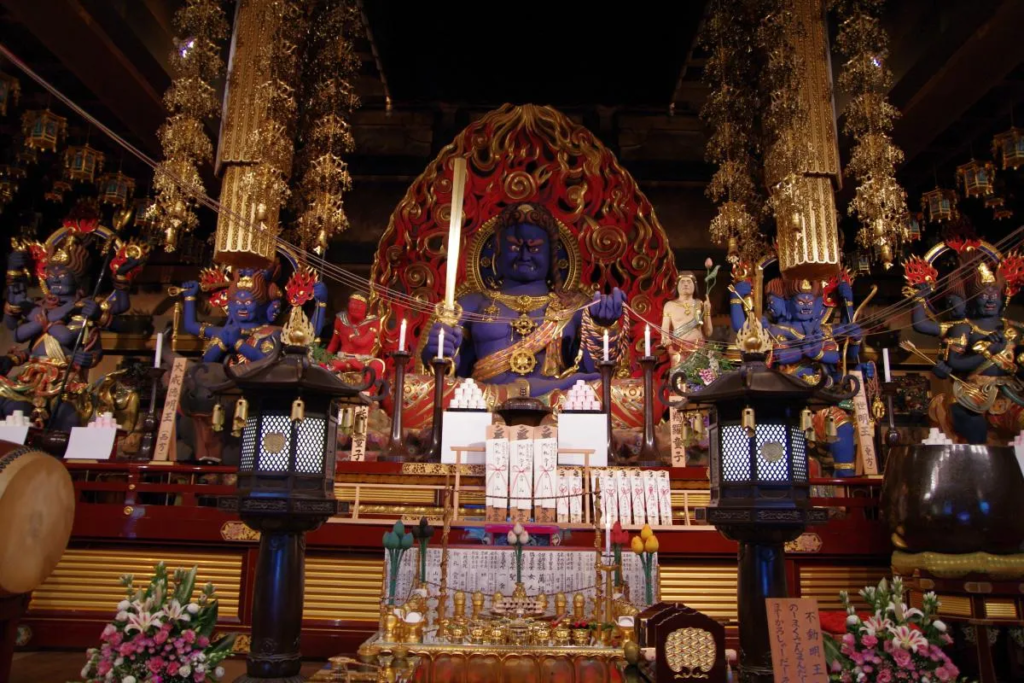
Many shrines and temples hold ceremonial gatherings where priests and special guests throw bags of roasted soybeans, sweets, or small gifts into the crowd. If you come early, you might witness purification rites or prayers—an eye-opening example of how spiritual practice seamlessly blends with the lively bean-throwing fun. Check local tourism websites or municipal notices for specific times and locations.
Festival Etiquette

Although the atmosphere is festive, it is courteous to observe periods of prayer in respectful silence. Photography is usually allowed, but be mindful of any areas where pictures are restricted. Above all, embrace the spirit of unity: chanting along or simply smiling and cheering helps everyone enjoy the celebration together.
Tips and Additional Insights
Setsubun provides a unique chance to connect with Japanese culture and local communities. Here are a few tips to enhance your experience:
Where to Get Beans
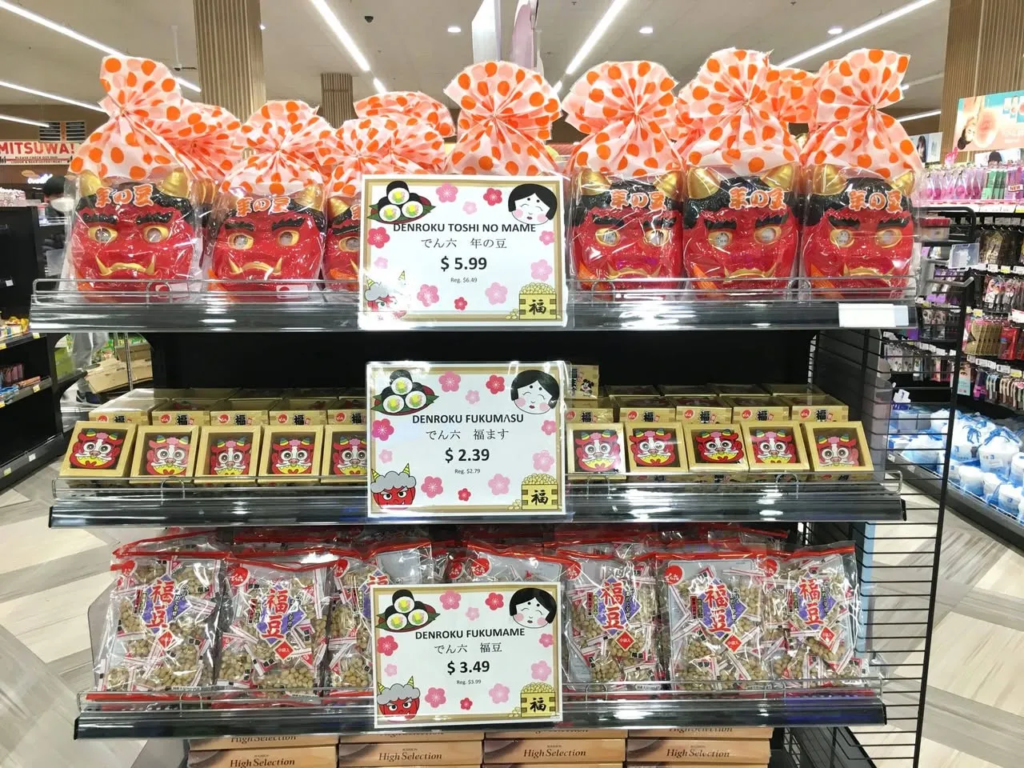
You can find roasted soybeans (often labeled “福豆, or, fukumame,” in Japanese) at supermarkets and convenience stores in the weeks leading up to Setsubun. Some shops sell them pre-packed with miniature masks for fun.
Lucky Directions and More
The “lucky direction” for eating your ehomaki changes annually based on traditional Chinese astrology. You can check online resources or ask local friends to find out which way to face each year. While this might seem quirky, embracing such seasonal details can deepen your appreciation of Japanese customs.
Make It Your Own
Whether you stick to the classic rituals or add your own creative twist—like hosting a mini bean-throwing party with friends—enjoying Setsubun is all about sharing positivity and looking forward to a bright spring.
More Japanese Cultures You Must Know
Check out these articles to view the brilliant and unique cultures of Japan!

